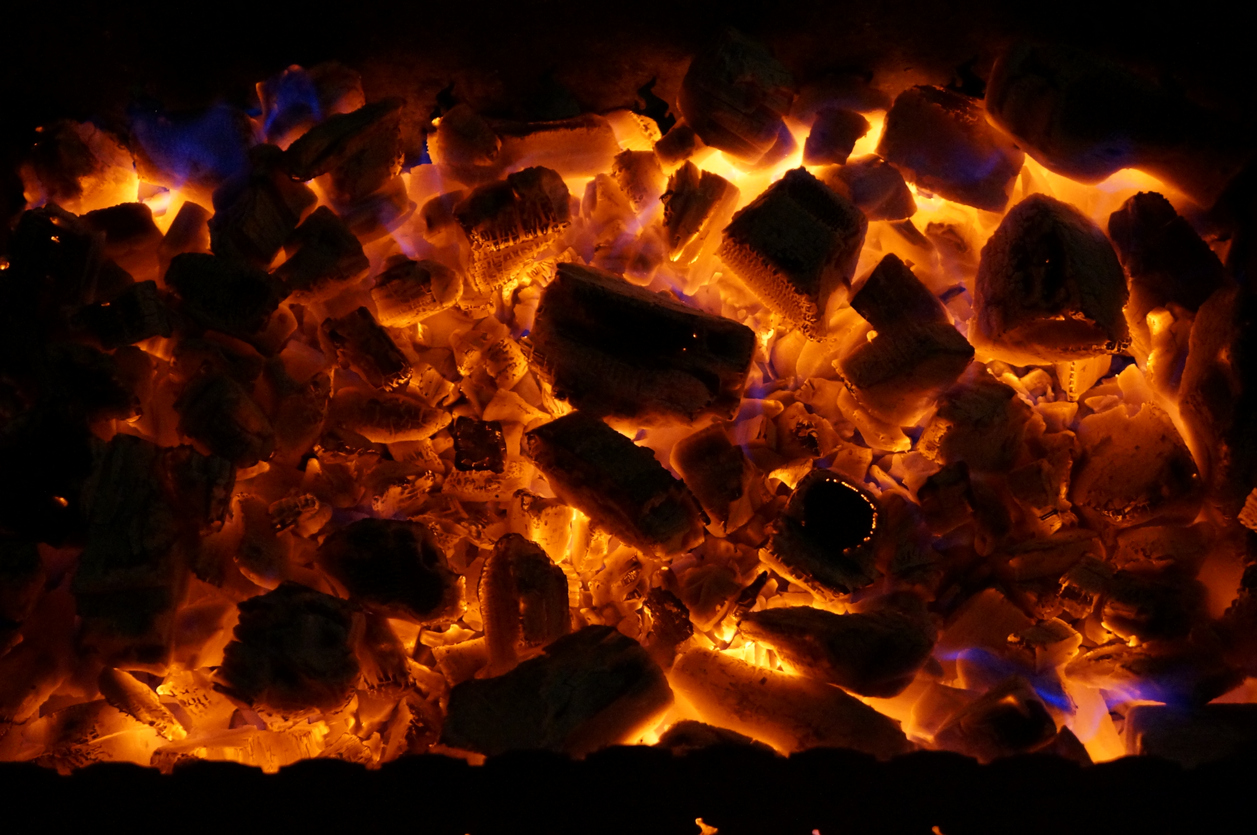Scotland’s court service is burning hundreds of kilograms of coal each winter so lawyers can enjoy fires at a historic building on the Royal Mile – despite Scottish Government pledges to make public sector buildings friendlier to the environment.
A freedom of information request by The Ferret found the Scottish Courts and Tribunals Service is burning more than half a tonne of coal at Parliament Hall, part of a complex of buildings which now house Scotland’s supreme civil court, the Court of Session.
Parliament Hall was the main chamber of the old Scottish parliament before it was dissolved by the Act of Union in 1707.
In total, 625kg of coal is burned in three large fireplaces there which are lit between October and the end of March each year, equal to one 25kg bag of coal being burned every week.
One local environmental campaigner told The Ferret lawyers at Parliament Hall should “forget about this particular tradition” and added there was “no excuse for any part of the public sector to be using coal for anything”.
But the court service said the fires accounted for between 0.02 and 0.03 per cent of its total emissions and it was working to make its buildings more efficient.
The Scottish Government said it urged any public body still using coal to “move urgently to one of the many clean alternatives”.
There can be no exemptions on the journey to a greener future.
Ben Parker, Scottish Greens
Edinburgh is traditionally known as Auld Reekie due to the thick smog that covered it from the smoke that belched out of the city’s chimneys. Smoke control laws now cover the whole city in an effort to combat air pollution, meaning that smoke cannot be emitted from chimneys.
Scottish Courts and Tribunals says it strictly follows local smoke control laws and burns only smokeless coal, which is cleaner. Parliament Hall is the only building it owns where coal is used for heating, it says.
Despite emitting less carbon dioxide than other types of coal, however, burning smokeless coal for heat is still worse for the climate than other sources such as gas or electricity.
In 2021, the Scottish Government pledged £200m over the course of this parliament for the decarbonisation of Scotland’s 23,000 public sector buildings.
It said at that time: “We expect public sector leadership to include the early phase-out of all fossil fuel-based heating systems in the public estate at the earliest feasible dates”.
According to Richard Dixon, an Edinburgh resident and former director of Friends of the Earth Scotland, it was “very surprising” that anyone should think it is still acceptable for coal to be burned at Parliament Hall.
“With the urgent need to reduce climate emissions, there is no excuse for any part of the public sector to still be using coal for anything,” Dixon said.
With the urgent need to reduce climate emissions, there is no excuse for any part of the public sector to still be using coal for anything.
Richard Dixon
“Parliament Hall’s lawyers will have to forget about this particular tradition and use one of the many attractive flame-effect designs of electric heating instead.”
Ben Parker, the climate spokesperson for the Scottish Greens on Edinburgh council, said it was “shocking” that public buildings are still burning coal for heat.
He added: “Of course, historic buildings will present specific challenges but, for all our sakes, there can be no exemptions on the journey to a greener future and we need to see a commitment from the courts to an end to this toxic practice.”
A spokesperson for Scottish Courts and Tribunals said the body was developing a sustainability strategy showing how it would reach net-zero carbon emissions by 2045.
They added: “We are constantly seeking to reduce our consumption of energy, seeking out innovative solutions where possible.
“This includes progress with projects to improve the heating, lighting and energy efficiency of many of our buildings in our estate.
“The smokeless coal which is used is suitable for smokeless zones and emits 25 per cent less carbon dioxide than house coal and equates to between 0.02 and 0.03 per cent of our total emissions.”
A Scottish Government spokesperson said: “Public sector leadership must include the moving away from the use of all fossil fuel-based heating systems in the public estate at the earliest feasible dates.
“Coal is one of the most carbon-intensive ways to heat a building and we fully expect any public body still using it to move urgently to one of the many clean alternatives.”
Main image: ognennaja/iStock
This story was updated at 13:28 on 16th January 2024 to include a comment from the Scottish Government.















This sort of ‘investigative journalism’ is everything that’s wrong with the British public mindset. The same sort of grim, miserly attitude that demands that ministers fly by Ryanair or the Houses of Parliament be sold off into flats. Let them have their fires for goodness sake and let’s focus on the things that matter.